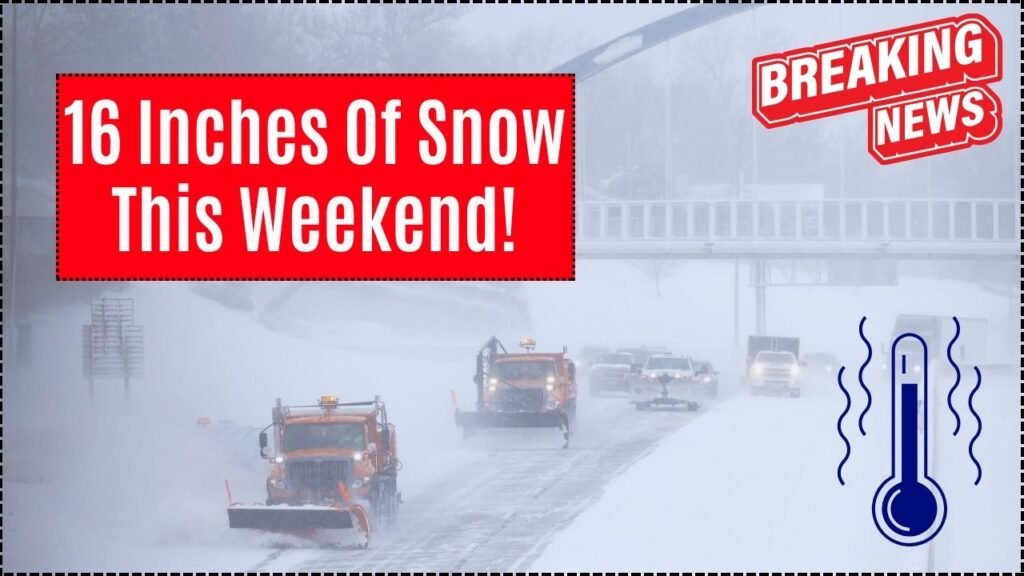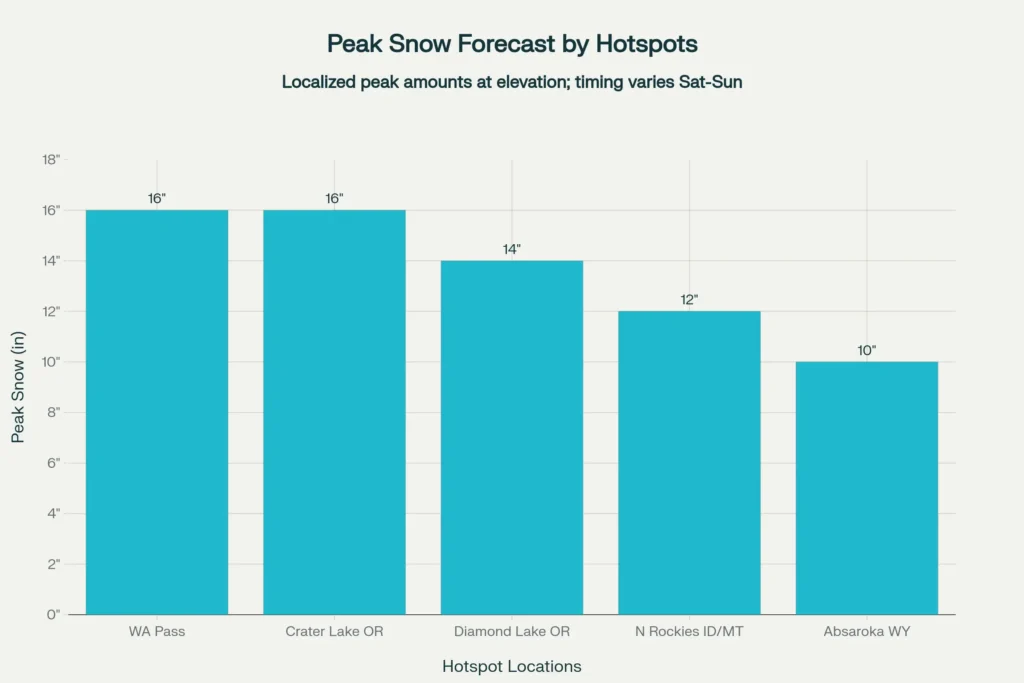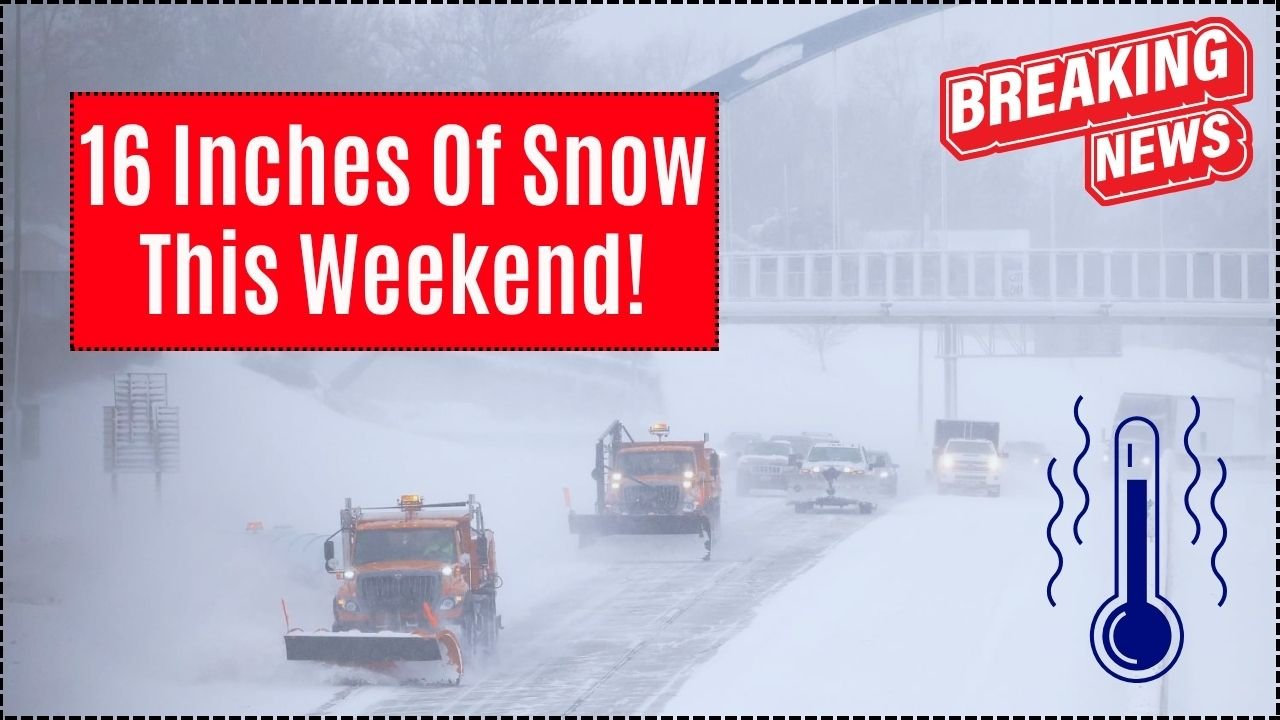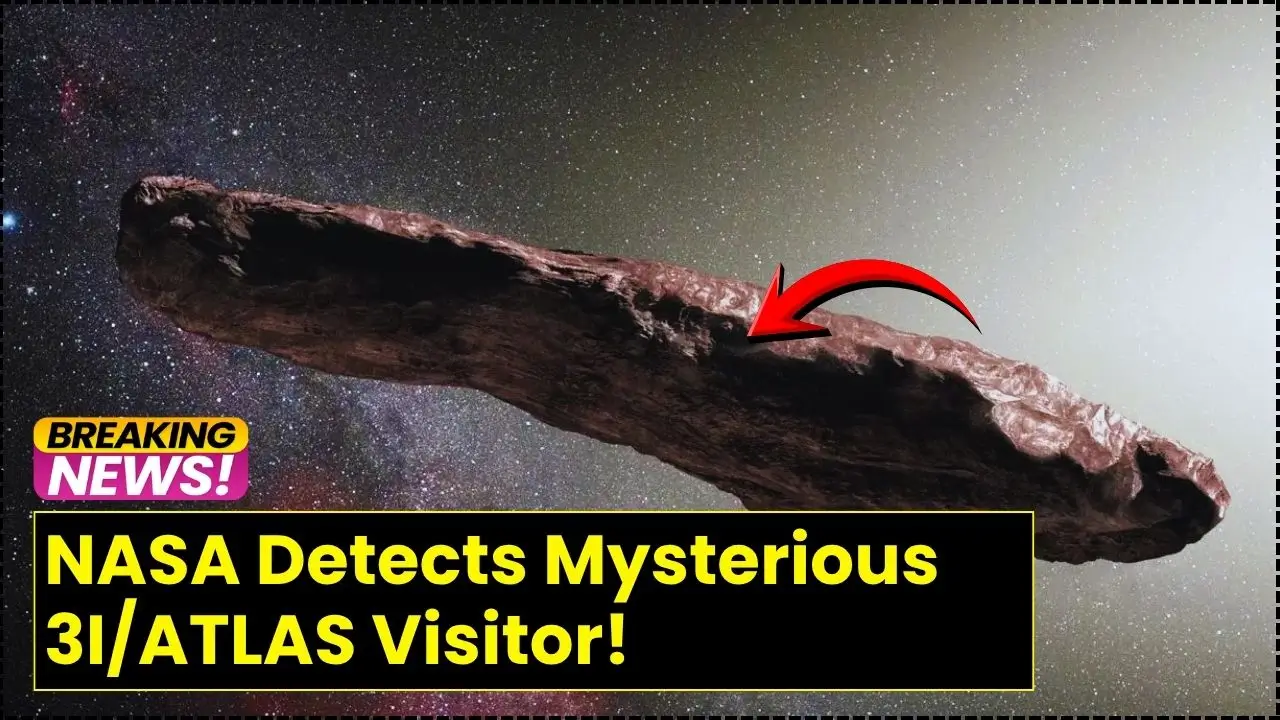If you’ve been waiting for that first real taste of winter, this is it. A strengthening cold-season system is lining up to deliver a winter weather warning with heavy mountain snow and disruptive travel this weekend, with localized totals reaching up to 16 inches in the higher terrain. For drivers planning to cross the Cascades or the Northern Rockies, expect rapidly deteriorating conditions, low visibility, and chain controls during the peak of the storm. The broad message: plan ahead, move early, and be prepared for fast-changing conditions. This winter weather warning isn’t just about a quick dusting. It’s a structured, elevation-driven setup that can stack snow quickly over passes and ridgelines while leaving valleys with lighter, more variable totals. The strongest bands are timed for Saturday afternoon into Sunday in several hot spots, especially along favored slopes in Washington and Oregon, with additional impacts in the Idaho and Montana ranges.

A moisture-rich system will collide with colder air over the mountains, producing a winter weather warning across multiple western states with snow intensifying Saturday and lingering into Sunday. The highest risk zones include Washington Pass in the North Cascades and Oregon’s Cascades near Crater and Diamond Lakes, where 6–10 inches will be common, and localized totals can push toward 16 inches above roughly 6,000 feet. Idaho and Montana’s northern ranges are in line for mid-elevation 5–10 inches, with remote crests locally exceeding a foot. Expect the worst driving conditions during the strongest bursts, especially late Saturday when temperatures drop and brief whiteouts can develop over passes. If you must travel, give yourself a cushion and keep your vehicle winter-ready with chains, traction aids, warm layers, and a charged power bank.
Table of Contents
Winter Weather Warning as 16 Inches
| Item | Details |
|---|---|
| Peak Snowfall | Localized 16 inches at highest ridges and passes; 6–10 inches common at mid-elevations |
| States Impacted | Washington, Oregon, Idaho, Montana; some higher ranges in Wyoming also affected |
| Core Window | Saturday through Sunday evening; heaviest in several zones Saturday afternoon/evening |
| Travel Impacts | Low visibility, slick roads, chain controls, potential pass closures during peak bands |
| Hotspots | WA: Washington Pass; OR: Crater and Diamond Lakes; WY: Absaroka/Teton ranges |
| Snow Rates | Up to 1 inch per hour at times, especially in Oregon Cascades during peak |
Winter weather warning as 16 inches of snow to hit this weekend means a real, disruptive mountain snow event for parts of Washington, Oregon, Idaho, and Montana, with localized peaks at the highest passes and ridgelines. If you’re crossing the mountains, target off-peak windows, carry chains, and slow down when the heavier bands hit. A few smart tweaks—timing, route choice, and vehicle prep can turn a dicey drive into a manageable one while this first big winter punch rolls through.
What To Expect This Weekend
- Elevation is the driver: above about 4,500–6,000 feet, colder profiles and orographic lift support efficient accumulation.
- Timing matters: the strongest rates are favored Saturday afternoon and evening in parts of the Cascades, when untreated roads can ice up quickly.
- Visibility drops: bursts under heavier bands can create near-whiteout conditions, especially where winds accelerate across gaps and ridges.
State-By-State Snapshot
- Washington: The North Cascades, including Washington Pass, sit in a prime corridor for hazardous travel when the strongest bands move through. Expect widespread mid-elevation snow with higher totals on the loftiest terrain.
- Oregon: The Cascades north of Lake of the Woods including areas near Crater and Diamond Lakes—are set up for 6–10 inches with localized peaks near 16 inches above ~6,000 feet under prolonged upslope bands.
- Idaho and Montana: Northern Rocky ranges should collect 5–10 inches at mid-elevations, with higher crests pushing past a foot where convergence lingers. Road conditions over passes will vary hour-to-hour with band placement.
- Wyoming: Absaroka and Teton ranges may see impactful snow and poor visibility if heavier bands spill east late in the weekend, complicating high-route travel.
Timing, Rates, And Wind
- Expect snow to ramp up late Saturday morning, intensify through Saturday afternoon, and taper unevenly Sunday, with localized lingerers depending on terrain.
- One-inch-per-hour snowfall is possible in favored zones during the peak, a rate that can overwhelm plow cycles and glaze roads quickly.
- Ridge-top gusts can break branches and worsen visibility, particularly near passes where crosswinds funnel through terrain.
Safety And Travel Checklist
- Delay mountain crossings to off-peak windows where possible. If you must go, carry chains, a traction aid (sand or kitty litter), a shovel, blankets, water, snacks, and a flashlight or headlamp.
- Build a buffer of time and check state DOT cameras and pass reports before departure; conditions can flip from wet to slick to snow-covered within a few miles.
- Slow down, avoid sudden braking on descents, and increase following distance. Watch for black ice after sunset and before sunrise, especially on bridges and shaded curves.
Why Elevation Matters
- Snow growth and accumulation efficiency jump once the thermal profile cools enough throughout the layer, typically above 5,000–6,000 feet in this setup.
- Terrain lift squeezes moisture out of the air mass on the windward slopes, leading to “jackpot” zones over ridges and passes while nearby valleys see mixed or lighter results.
- Passes such as Washington Pass and corridors near Crater and Diamond Lakes often become bottlenecks, with spinouts and chain-up delays during peak rates.
Practical Prep for The First Big Hit
- Vehicle: Winter tires or all-weather three-peak mountain snowflake tires are ideal; pack chains if your route includes posted chain control zones. Add an ice scraper, jumper cables, reflective triangle, gloves, and extra layers.
- Home: Charge devices, test flashlights, restock batteries, and secure outdoor items in gust-prone spots. Stage a small supply kit in case short outages or blocked drives delay errands.
- Route Planning: Have a lower-elevation Plan B. Save hotline numbers, bookmark pass cameras, and watch for quick “advisory-to-warning” upgrades if bands intensify.

Traveler’s Mini-Playbook
- Leave earlier than you think. Daylight improves contrast and reduces the risk of misjudging slick corners.
- Keep the tank at least half full. Traffic control and slow plow convoys can add hours unexpectedly.
- Clean all glass and lights before rolling. Visibility is your lifeline in blowing snow and spray.
- Mind microclimates. A sunlit valley can lull you, only to hit an icy pass with poor sight lines a few miles later.
Family And Home Readiness
- If you live near ridge-adjacent communities, stow patio items, check gutters, and keep walkways treated.
- For kids’ activities and weekend plans, build in cancellation flexibility; organizers often call audibles within a few hours of heavier bursts.
- Pet care: Prepare a quick-access tote with leashes, booties if needed, and a towel for fast warmups when returning indoors.
Work And Event Planning
- For field crews or mountain deliveries, shift schedules to lighter windows or lower routes.
- Remote workers: test hotspot failovers and power banks in case brief outages nudge you off Wi‑Fi during peak bands.
- Venues near passes: message attendees early with route guidance, parking contingencies, and a clear cutoff for rescheduling if conditions worsen.
FAQs on Winter Weather Warning as 16 Inches
Will Valleys See Significant Accumulation?
Valley totals are more variable due to marginal temperatures and shifting snow bands. Expect lighter amounts overall, but brief heavy showers can quickly slick roads after sunset, especially on bridges and shaded areas.
Which Passes Should Drivers Avoid During The Peak?
Washington Pass and Oregon’s Cascades near Crater and Diamond Lakes stand out for the highest impacts, with chain controls and slowdowns likely during Saturday afternoon and evening. Monitor live cameras and be ready to reroute.
How Strong Can Snowfall Rates Get?
Peak rates can touch around one inch per hour in favored Oregon Cascades zones on Saturday afternoon. At that pace, untreated roads can go from wet to snow-covered within minutes.
What’s The Best Way to Prepare If Travel Is Unavoidable?
Check pass reports, pack chains and winter gear, leave early, and add buffer time. Keep an emergency kit in the car and watch for advisory upgrades as bands intensify.

















